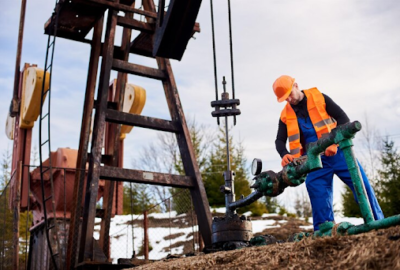Challenges Associated with Outdoor Electrical Installation and Wiring for Residential Patio Covers
Setting up electricity outdoors poses unique obstacles compared to indoor installations. Environmental exposure, such as rain, sunlight, and fluctuating temperatures, introduces complexities that demand careful consideration and planning. The safety of your electrical system and the enjoyment of your outdoor space hinge on navigating these challenges effectively.
This guide will delve into the intricacies of outdoor electrical installation and wiring specifically tailored for residential patio covers. Whether you’re a seasoned DIY enthusiast or embark on your first electrical project, we’ll confidently equip you with the knowledge and strategies to tackle each obstacle.
4 Challenges Associated with Outdoor Electrical Installation
Here, we will discuss some common challenges anybody can encounter during electrical installation in your home or commercial building. From selecting the appropriate wiring to implementing proper grounding and protection measures, weatherproofing connections, and adhering to local building codes, we’ll cover every essential aspect of the process.
Selecting the Right Wiring
One of the initial challenges in outdoor electrical installation for residential patio covers is choosing the appropriate wiring. Unlike indoor wiring, outdoor wiring must withstand exposure to weather conditions like rain, sunlight, and temperature fluctuations. Selecting wires designed explicitly for outdoor use and resistant to moisture and corrosion is crucial. A residential electrician ensures the longevity and safety of your electrical setup, preventing potential hazards such as short circuits or electrical fires.
Ensuring Proper Grounding and Protection
Another important aspect of outdoor electrical installation is ensuring proper grounding and protection. Grounding helps to prevent electrical shocks by providing a safe path for electrical currents to flow into the ground in the event of a fault. Additionally, installing Ground Fault Circuit Interrupter (GFCI) outlets is essential for outdoor electrical outlets. GFCIs detect imbalances in electrical currents and quickly shut off power to prevent electric shock, making them indispensable for outdoor spaces where water and electricity may come into contact.
Transforming your patio covers into a functional and cozy retreat involves more than just aesthetics. It requires navigating the complexities of outdoor electrical work, where exposure to the elements poses unique hurdles.
Weatherproofing Connections and Fixtures
Outdoor electrical components are exposed to the elements, making weatherproofing a critical consideration. Properly sealing electrical connections and fixtures helps to prevent moisture ingress, which can cause corrosion and electrical malfunctions over time. Using outdoor-rated electrical boxes, conduit, and waterproof sealants ensures your electrical system remains safe and functional, even during inclement weather conditions.
Moisture ingress poses a significant threat to outdoor electrical systems, as it can lead to corrosion, short circuits, and electrical malfunctions. Properly sealing electrical connections and fixtures is essential to prevent moisture from penetrating the system. This involves using waterproof sealants and protective coverings to shield vulnerable areas from rain, snow, and humidity.
Complying with Local Building Codes
Every region has its building codes and regulations governing outdoor electrical installations. These codes outline specific requirements for wire placement, outlet spacing, and maximum load capacities. Failing to comply with local building codes can result in safety hazards and may lead to fines or penalties. Before beginning any outdoor electrical project, it’s essential to familiarize yourself with the applicable building codes and obtain any necessary permits to ensure that your installation meets safety standards and legal requirements.









